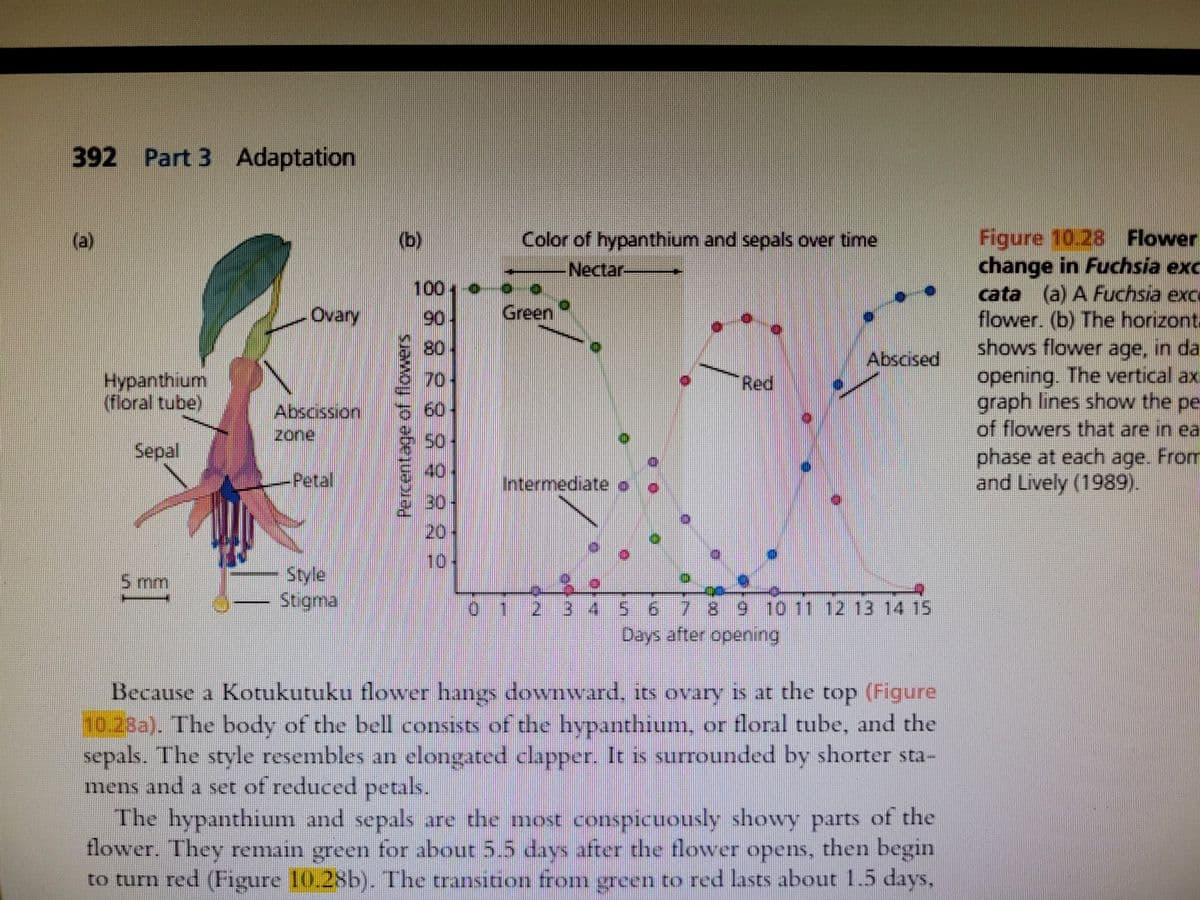first tested the 'pollinator-attraction' hypothesis that red flowers attract pollinators: once drawn to a tree, pollinators could forage on the green flowers still present, increasing overall pollination efficiency. Please assess the lowercase-Roman-numeral-labelled statements that appear immediately below and click the uppercase-letter-labelled response that appears below and conveys the most accurate information. i. If the pollinator-attraction hypothesis were correct, then green flowers surrounded by red flowers should receive more pollen than should green flowers surrounded by only green flowers. ii. The prediction in statement i could be tested by removing red flowers from some trees, forming one experimental group, and leaving red flowers on other trees, forming another experimental group, and measuring and comparing pollen deposited by pollinators. iii. If the test described in statement ii were to reveal a significant difference in pollen deposited on green flowers between the two groups, then the null hypothesis 'no difference between groups' would be falsified (in a classical, frequency-based statistical hypothesis testing sense). Question 6 options: A) Statements i and iii convey accurate information. B) Statement i conveys accurate information. C) Statements ii and iii convey accurate information. D) Statements i, ii, and iii convey accurate information. E) Statements i and ii convey accurate information.
In the experiment conducted to test why individuals in the tree species Fuschsia excorticata retain flowers after they turn red even though the trees pollinate and offer a nectar reward only when flowers are green (Figure attached 10.28 first tested the 'pollinator-attraction' hypothesis that red flowers attract pollinators: once drawn to a tree, pollinators could forage on the green flowers still present, increasing overall pollination efficiency. Please assess the lowercase-Roman-numeral-labelled statements that appear immediately below and click the uppercase-letter-labelled response that appears below and conveys the most accurate information.
i. If the pollinator-attraction hypothesis were correct, then green flowers surrounded by red flowers should receive more pollen than should green flowers surrounded by only green flowers.
ii. The prediction in statement i could be tested by removing red flowers from some trees, forming one experimental group, and leaving red flowers on other trees, forming another experimental group, and measuring and comparing pollen deposited by pollinators.
iii. If the test described in statement ii were to reveal a significant difference in pollen deposited on green flowers between the two groups, then the null hypothesis 'no difference between groups' would be falsified (in a classical, frequency-based statistical hypothesis testing sense).
Question 6 options:
|
|
|
||
|
|
|
||
|
|
|
||
|
|
|
||
|
|
|

Trending now
This is a popular solution!
Step by step
Solved in 2 steps








